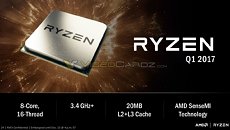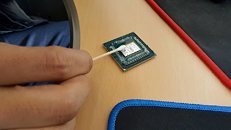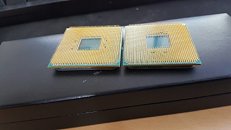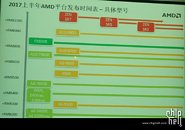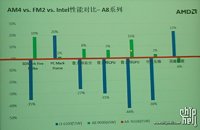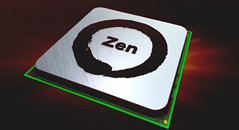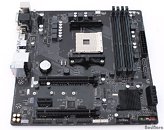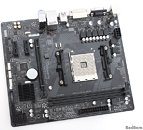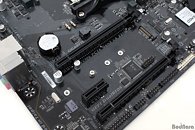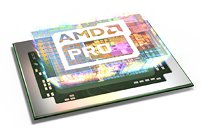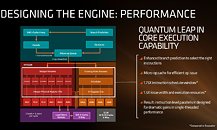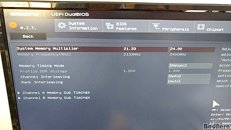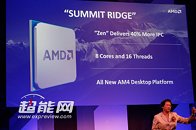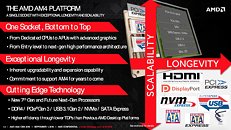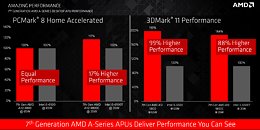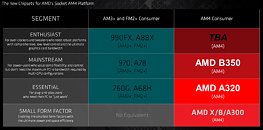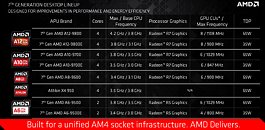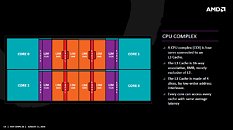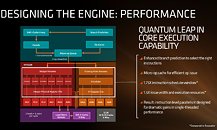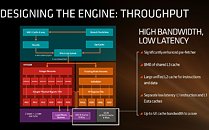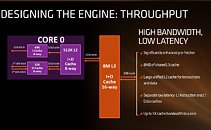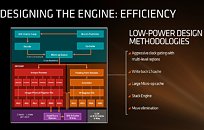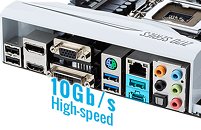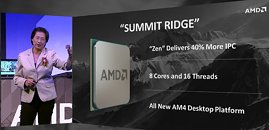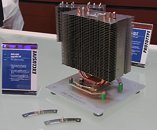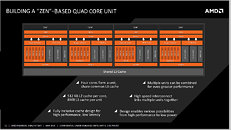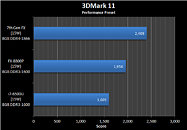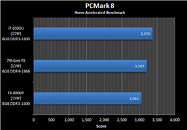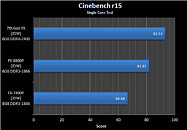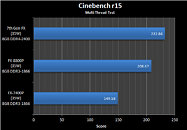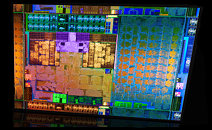
AMD RYZEN Brand Name of First Enthusiast "ZEN" CPUs
AMD has apparently chosen RYZEN (pronounced "risen") as the marketing name for the first consumer enthusiast processors based on the "ZEN" micro-architecture. Slated for market availability in Q1-2017, the first RYZEN part will feature 8 cores, 16 threads, 20 MB of total cache (8x 512 KB L2 + 2x 8 MB L3), and a clock speed of over 3.40 GHz. The chips will be built in the socket AM4 package, and will be launched alongside a new wave of motherboards with AMD X370 chipset.
Given the relatively modest clock speeds by AMD's standards, it's safe to say that AMD has made big IPC gains, and is now tapping into those gains. Intel, on the other hand, is clocking its upcoming Core i7-7700K at 4.00-4.40 GHz. AMD is also introducing enthusiast-segment features with RYZEN, including XFR (eXtended frequency range), Smart Prefetch, a tightly tuned power-management system built from the ground up, called AMD Pure Power, and its related feature, AMD Precision Boost.More slides follow.
Given the relatively modest clock speeds by AMD's standards, it's safe to say that AMD has made big IPC gains, and is now tapping into those gains. Intel, on the other hand, is clocking its upcoming Core i7-7700K at 4.00-4.40 GHz. AMD is also introducing enthusiast-segment features with RYZEN, including XFR (eXtended frequency range), Smart Prefetch, a tightly tuned power-management system built from the ground up, called AMD Pure Power, and its related feature, AMD Precision Boost.More slides follow.
